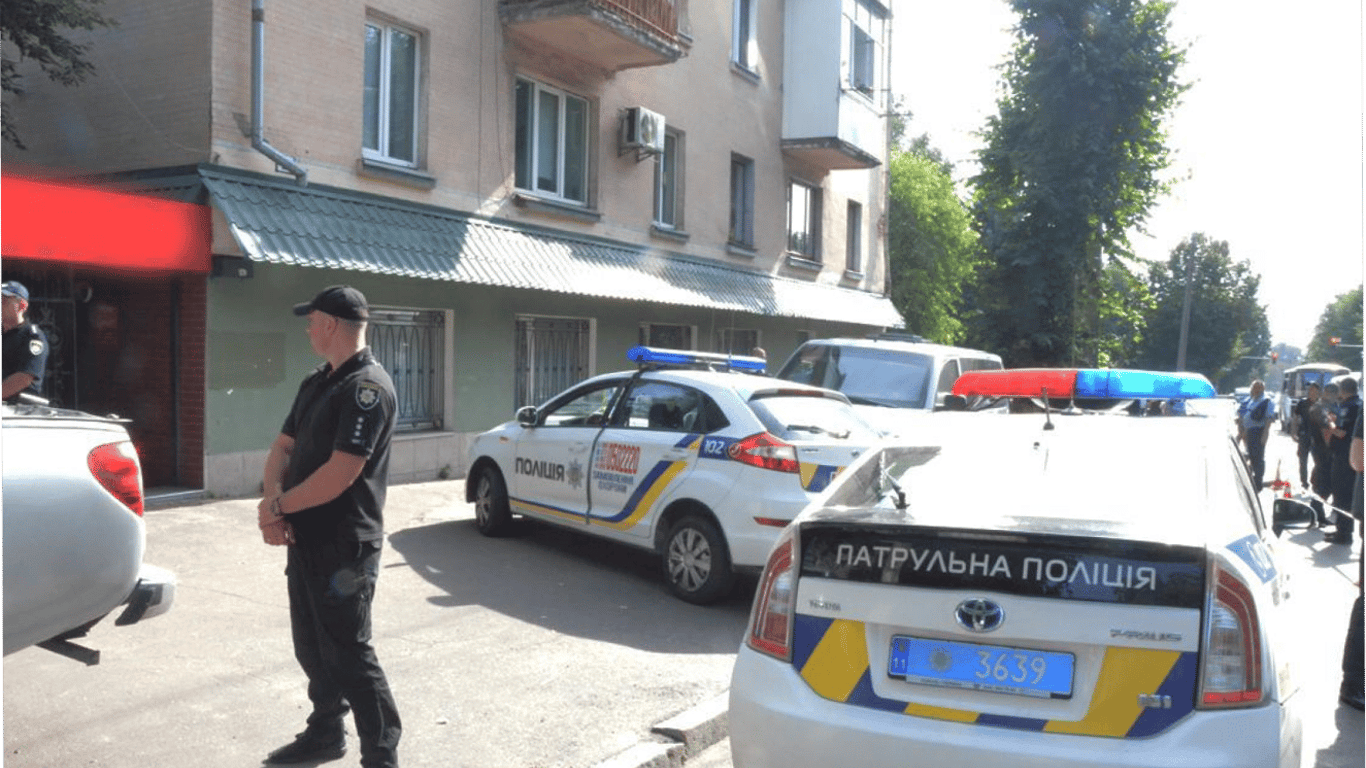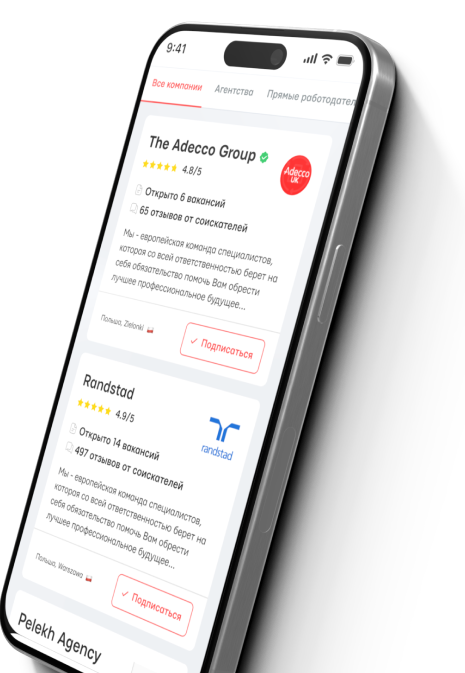Holodomor provoked a surge in diabetes in subsequent generations of Ukrainians. Science Journal published a study.


Scientists have found a link between the Holodomor of 1932-1933 in Ukraine and the predisposition of children born during this period to type 2 diabetes. The study was conducted on over 10 million people born in Soviet Ukraine in 1930-1938. Scientists found that individuals born in the first half of 1934, when the famine was at its peak, had more than twice the likelihood of developing diabetes compared to those who did not experience the famine. Specifically, in regions with extreme famine, this risk was 2.15 times higher, while in regions with less severe famine, there was a 1.48-fold increase. Those born in regions without famine did not show an increased risk of developing the disease. Researchers also tracked the impact of famine intensity on birth rates. The number of births in the first half of 1934 was lower in famine regions compared to non-famine periods.
On October 12, 2023, PACE recognized the Holodomor as a genocide of Ukrainians.
Read also
- In case of emergency - which bridges in Kyiv are the most dangerous
- Smuggling instead of humanitarian aid — cargo detained in Odesa region
- Departure to Moldova Complicated - Situation on the Odesa-Reni Road
- Powerful explosions occurred in Sumy — how the Russians are attacking
- In Kyiv region, an unknown person shot a man — details from the police
- Photo of the aftermath of the attack on Odesa - what people experienced








